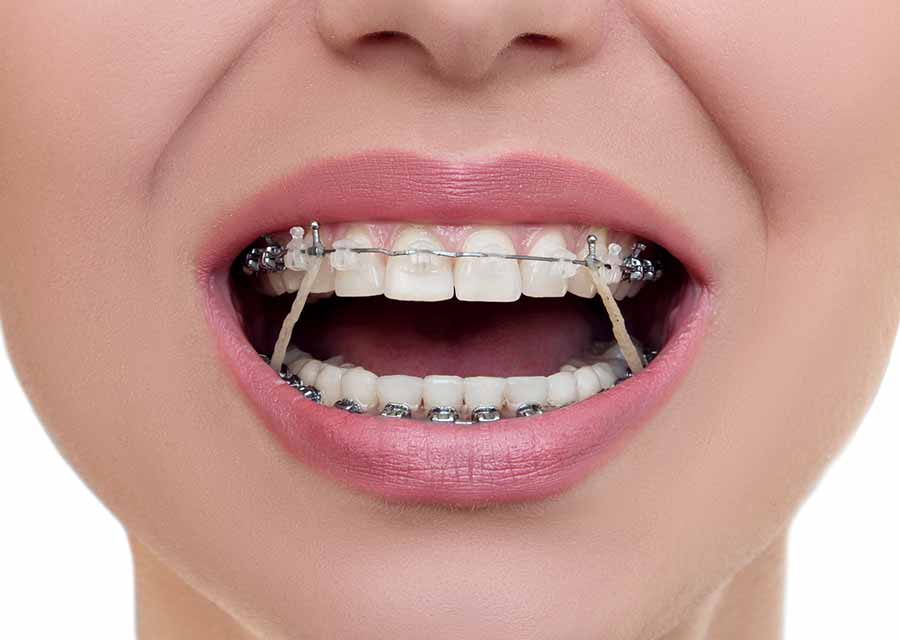The Buzz on All Star Family Orthodontics
Table of ContentsAll Star Family Orthodontics Things To Know Before You Get ThisThe Ultimate Guide To All Star Family Orthodontics3 Easy Facts About All Star Family Orthodontics DescribedWhat Does All Star Family Orthodontics Mean?3 Easy Facts About All Star Family Orthodontics Explained

In addition, we supply adjustable treatment timetables, adaptable repayment choices and an enjoyable, enjoyable experience.
An orthodontist is a dentist educated to diagnose, stop, and deal with teeth and jaw abnormalities - (https://www.abnewswire.com/companyname/allstarfamilyortho.com_141824.html#detail-tab). They fix existing conditions and are trained to identify problems that may develop in the future. Orthodontists collaborate with people of all ages, from youngsters to grownups. People frequently associate a best smile with good health.
Malocclusion, or misaligned teeth, can lead to oral issues, consisting of dental caries, periodontal illness, and challenging or uncomfortable chewing. Not everyone is born with straight teeth. If you have a negative bite or huge rooms in between your teeth, you may wish to seek advice from a dental practitioner concentrating on orthodontic care.
How All Star Family Orthodontics can Save You Time, Stress, and Money.
(Picture Credit Score: DigitalVision/Getty Images) Orthodontists utilize taken care of and removable oral tools, like braces, retainers, and bands, to alter the position of teeth in your mouth. Orthodontic treatment is for dental abnormalities, including: Uneven teethBite issues, like an overbite or an underbiteCrowded teeth or teeth that are too far apartJaw misalignmentThe goal of orthodontic treatment is to improve your bite.
A healthy and balanced bite guarantees you can eat, eat, and talk effectively. While you could think about orthodontists as mainly for youngsters or young adults who require dental braces, they can remedy dental problems at any age. Orthodontists attend university, dental institution, and orthodontic college. After graduation, they invest 2 or 3 years in an orthodontic residency program.
, however not all dental practitioners are orthodontists. They concentrate on 2 locations: Just how to correctly and safely relocate teeth Exactly how to correctly direct advancement in the teeth, jaw, and faceOnce an orthodontist has completed training, they have the option to become board licensed.
Some Known Factual Statements About All Star Family Orthodontics
Imbalance, or malocclusion, is the most common factor individuals see an orthodontist. Malocclusion is usually treated with: Your orthodontist connects metal, ceramic, or plastic square bonds to your teeth.
If you have just small malocclusion, you might have the ability to use clear braces, called aligners, rather than typical dental braces. Some people require a headwear to aid relocate teeth into line with pressure from outside the mouth. After braces or aligners, you'll require to put on a retainer. A retainer is a personalized tool that keeps your teeth in location.

You may need to see an orthodontist if you have: Crowding or otherwise sufficient space for all of your teethOverbite, when your upper teeth come your bottom teethUnderbite, when your bottom teeth are too much forwardSpacing or problems with gapsCrossbite, which is when your upper teeth fit behind your bottom teeth when your mouth is closedOpen bite or a vertical space in between your front base and upper teethMisplaced midline, when the center of your base and top teeth don't line up Fixing an oral malocclusion can: Make biting, chewing, and talking easierImprove the balance of our face and your overall appearanceEase pain from temporomandibular joint disordersDifferent your teeth and make them easier to clean up, assisting avoid tooth decay or tooth cavities It's typically a dentist who initially notifications misaligned teeth throughout a regular examination.
The 4-Minute Rule for All Star Family Orthodontics
During your first orthodontic appointment, you'll likely have: A dental examPhotos taken of your face and smileDental X-raysPanoramic (360 degree) X-rays of your face and headImpressions to develop molds of your teethThese examinations will help your orthodontist understand exactly how to wage your treatment. An orthodontist is a dental professional that's had training to treat your teeth and jaw.
Orthodontists are dental professionals but not all dental professionals are orthodontists. Orthodontists are concentrated on your bite, or the way your teeth fit together, and the straightness of your teeth.

This initial examination includes a visual evaluation of your teeth and attack, X-rays, and possibly even 3D scans. By thoroughly evaluating these aspects, the orthodontist can determine any type of misalignments, crowding, spacing issues, or jaw inconsistencies. As soon as a clear image is developed, the orthodontist will certainly review personalized therapy alternatives. This discussion will certainly cover the sort of dental braces go to my site or aligners suggested (typical steel braces, clear aligners like Invisalign, etc), the projected treatment duration, and any potential obstacles or side impacts.
The Basic Principles Of All Star Family Orthodontics
, orthodontists have a varied toolkit at their disposal. These reliable braces make use of a system of brackets bound to the teeth and linked by cords.
Clear aligners, like Invisalign, are a prominent choice for clients seeking a much more discreet treatment choice. These detachable trays are customized to considerably shift the teeth's setting. Headgear may be used along with braces or aligners to use added targeted forces, particularly for remedying jaw disparities. In situations of narrow jaws, palatal expanders can be used to produce area for correct tooth positioning.